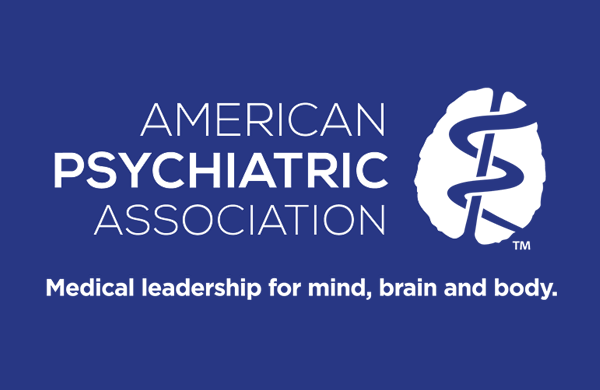- Joined
- May 7, 2014
- Messages
- 1,775
- Reaction score
- 3,817
"Radiation oncology physician charges represent a small fraction of total Medicare expenses and are not a driver for Medicare spending"
"Radiation oncology physician charges represent a small fraction of total Medicare expenses and are not a driver for Medicare spending"
Unfortunately file all this under “no duh”That's a well-done paper which does suggest that targeting radiation oncology with cuts/APM will not move the needle much on overall Medicare spending. I expect to have no (zero) impact on policymaking.
Is CMS looking for cost savings in the wrong place?
Hopefully it will be before we eliminate or take everyone down to one fraction or less.I will love the day when CMS and insurance companies finally wake up and realize that thoughtless use of immunotherapies are the real drivers of spending rather than radiation (even protons, if you're comparing to immunotherapy)
Except to big pharma?Just saying that rad onc is not a large driver of and is only a small fraction of total medical cost is completely irrelevant to what was passed and to what is being implemented. These changes are coming no matter what is the bottom line. It is mandated by official law and is not just some vague zero sum lets lower cost policy.
Just saying that rad onc is not a large driver of and is only a small fraction of total medical cost is completely irrelevant to what was passed and to what is being implemented.All of this is not rad onc specific. This is all part of the Medicare access and CHIP reauthorization act of 2015 or MACRA that created the Medicare Quality Payment Program. This requires quality based payment program with Medicare participates to improve care across the entire health care delivery system including merit based incentive payment systems or advanced alternate payment models. The house passed this with a 392-37 vote and the Senate with 92-8 vote with bill being signed by Obama in 2015.
The goal of the act was to achieve healthcare payment reform by linking Medicare payments to quality/value. The legislation says a certain proportion of patients or payments must be made through APM as the years go by.
Just saying that rad onc is not a large driver of and is only a small fraction of total medical cost is completely irrelevant to what was passed and to what is being implemented. These changes are coming no matter what is the bottom line. It is mandated by official law and is not just some vague zero sum lets lower cost policy.
I am not saying I am personally a fan of all of this but just wanted to state what the reality is.
Not really an expert or even aware of what’s going on in other specialties in regards to this but this is from the ama.Just saying that rad onc is not a large driver of and is only a small fraction of total medical cost is completely irrelevant to what was passed and to what is being implemented.
I am not sure it is irrelevant. Do you know of any other MANDATORY APMs other than RO-APM (which thankfully has been pushed back)?
The original language in the language that required a report to CMS was super specific and only listed RO. Highlighted in the attachment.
Isn't that odd?

These are voluntary programs. Not MANDATORY from CMS.looks like at least renal has there own as well.
TechTarget Enterprise Technology News | Health IT
revcycleintelligence.com
definitely not rad onc specific

Advanced Alternative Payment Models
Psychiatrists, other physicians, and non-physician practitioners may qualify for Medicare payment incentives for participating in new models of care and delivery that improve quality, lower health care spending, or both.www.psychiatry.org
The renal one is also mandatory ( in certain regions as well) so both specialities will be first in the shooting line for this for whatever reason (maybe b/c we are so small and lack lobbying clout) but it’s seems like it’s will eventually rolled out in other specialities as well.These are voluntary programs. Not MANDATORY from CMS.
Most all of the voluntary programs are failures (at least that is what the CMS guru said early last year). I am rephrasing but she said the only way we get cost savings is to mandate.
Didn't hospitals go apm awhile ago with the DRG stuff? I heard ortho is sort of like that as well maybe with joint replacements? Apm could work in med onc, but big pharma lobbyists will not let it happen I'd imagineJust saying that rad onc is not a large driver of and is only a small fraction of total medical cost is completely irrelevant to what was passed and to what is being implemented.
I am not sure it is irrelevant. Do you know of any other MANDATORY APMs other than RO-APM (which thankfully has been pushed back)?
The original language in the language that required a report to CMS was super specific and only listed RO. Highlighted in the attachment.
Isn't that odd?
Didn't hospitals go apm awhile ago with the DRG stuff? I heard ortho is sort of like that as well maybe with joint replacements? Apm could work in med onc, but big pharma lobbyists will not let it happen I'd imagine
